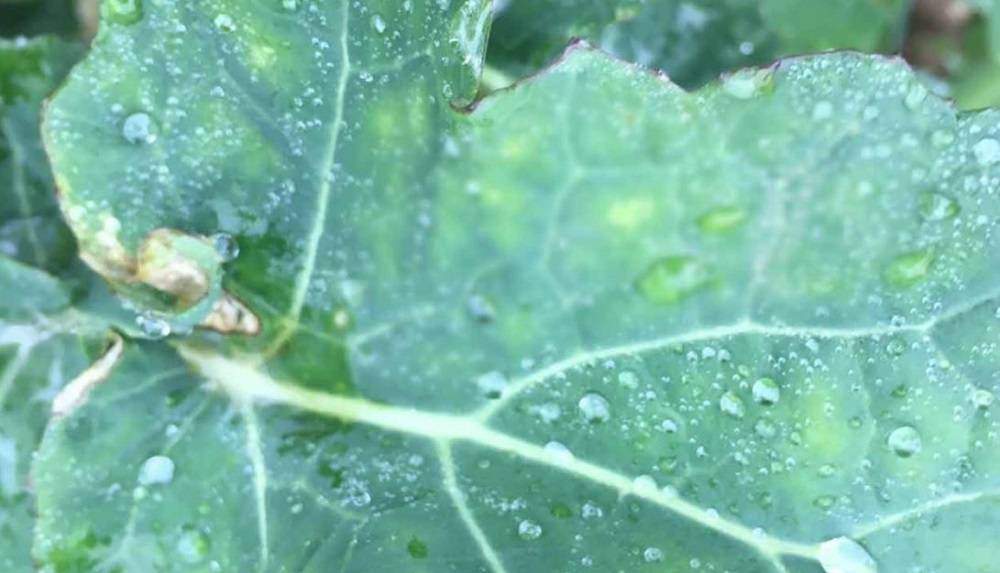- Home
- Light leaf spot forecast
Light leaf spot forecast
Light leaf spot is an important disease of winter oilseed rape. Although chemistry is available, sufficient control often depends on a combination of cultural measures and well-timed sprays. The light leaf spot forecast provided a regional indication of disease risk.
About the forecast
The forecast showed the proportion of the oilseed rape crop estimated to have more than 25% of plants affected by the disease in the spring.
It was based on no autumn fungicide application, a variety with a light leaf spot resistance rating of 5 and a sowing date centred on 1 September.
To predict risk, the forecast used previous season pod incidence data, deviation from the 30-year mean summer (July and August) temperature and winter rainfall data.
The preliminary forecast was produced in autumn and used long-term winter rainfall data.
The final forecast was produced at the end of winter (1 March) and accounted for actual winter rainfall.
Why isn't the forecast updated anymore?
Actual risk is highly variable and the regional forecast was unable to account for this variation.
Additionally, a well-timed application of an appropriate autumn fungicide – at a sufficient dose – has a relatively large impact on the final light leaf spot levels in a crop. This was not accounted for in the forecast.
When the forecasts were first developed (based on data from 1987–99), ‘5’ was a moderate resistance rating. However, most current varieties are more resistant. Once again, this was not accounted for in the forecast.
Following a review of research investment and industry feedback, AHDB stopped supporting the tool in 2023.
It is important to inspect crops on a field-by-field basis and to prioritise treatment on early-sown susceptible varieties.
 AHDB
AHDB

